CANBERRA TIMES – MAY 30, 1951
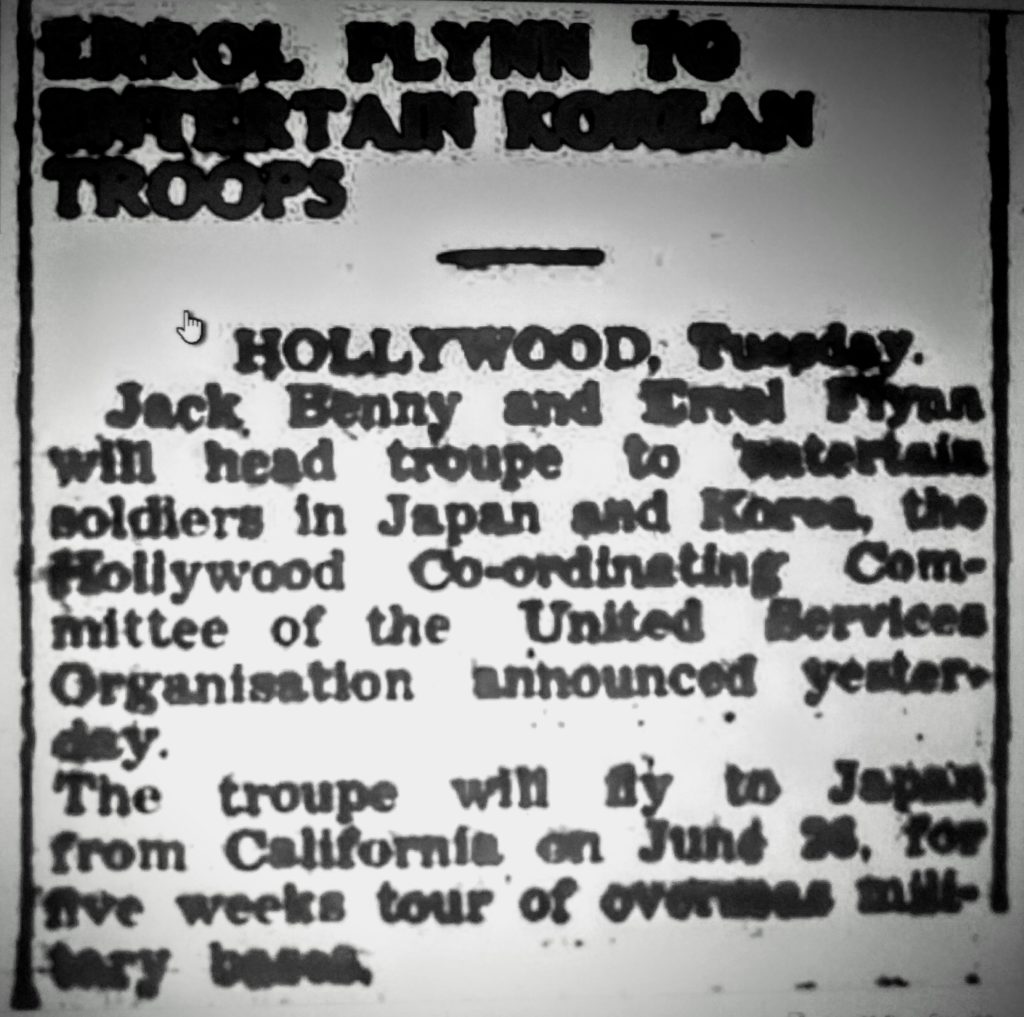
— Tim
May 24, 1938
Louella O. Parsons
Los Angeles Times
Talk is that Errol Flynn will start a winter sports colony in Colorado …
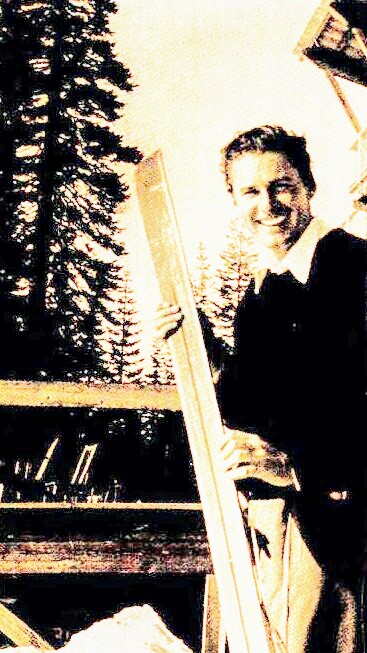
— Tim
May 20, 1953 – What Errol Flynn knows Gary Cooper already knows a very long time!: And therefore Gary Cooper did not buy only one but three Mercedes cars of the type 300 and 300S in the Mercedes works in Stuttgart-Untertuerkheim. He took just with himself a sedan car, the 300S cabriolet is to belong to his wife and the third Mercedes 300 is for a movie picture society.
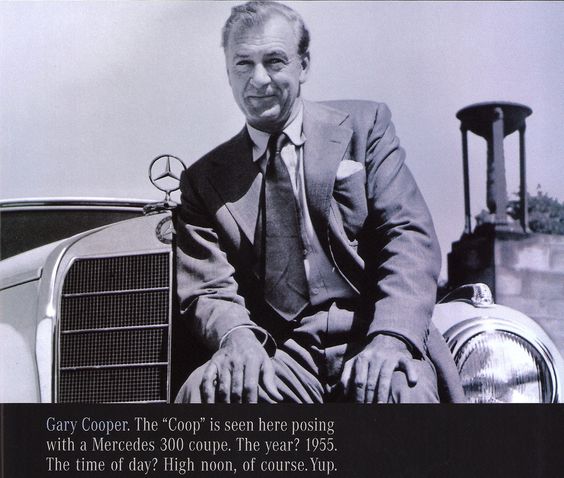
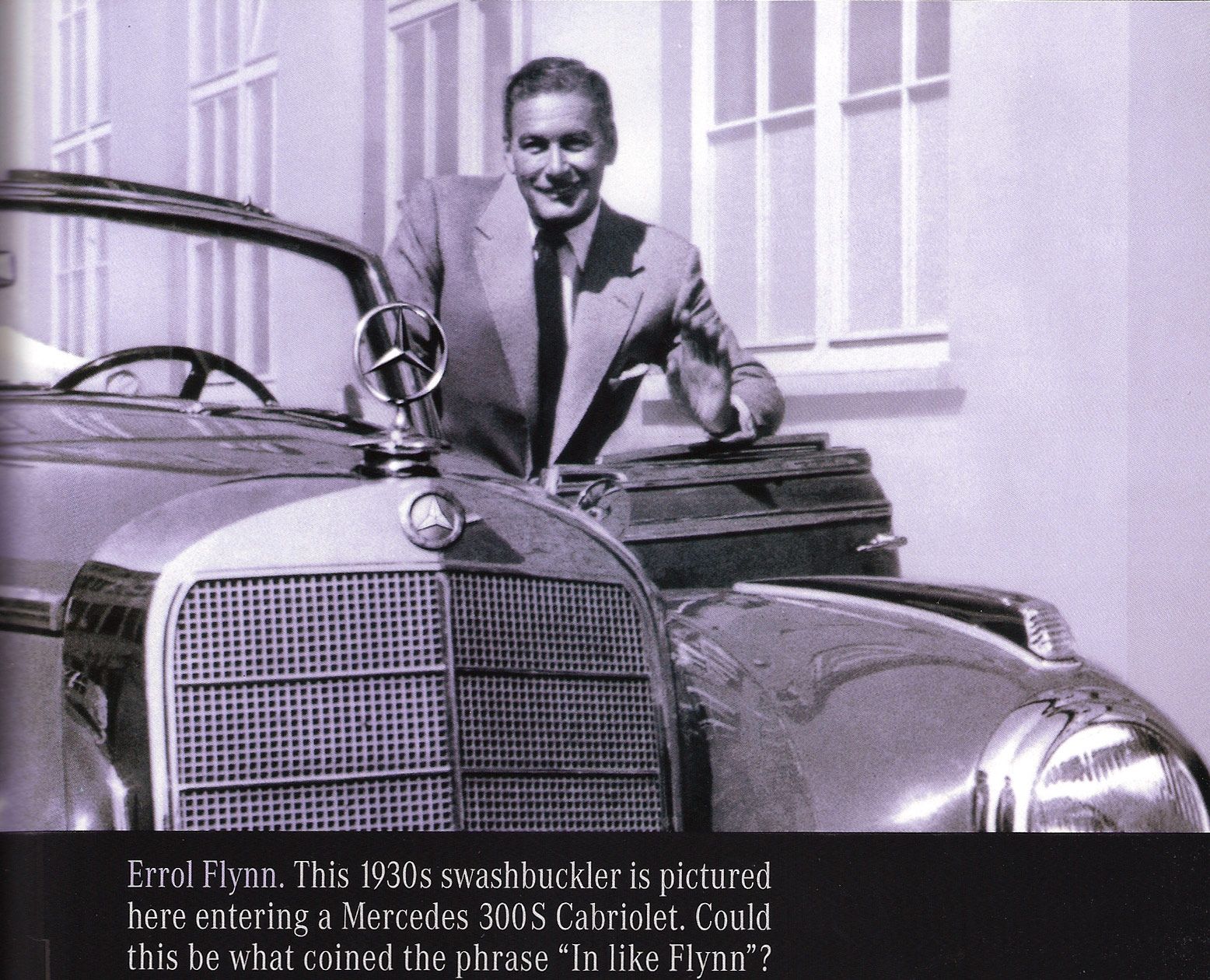
— Tim
70 YEARS AGO TODAY – GHICA FINDS ERROL IRRESISTIBLE
New Orleans, May 18, 1950– Errol Flynn is irresistible to Rumanian Princess Irene Ghica
“because he keeps his mouth shut when I want quiet,” she said.
Forty-year-old Flynn
and the 19-year-old princess will probably marry in September – he for the third time.
He brought her to the United States from Bermuda so that he could finish a film based
on Rudyard Kipling’s “Kim.”
Flynn explained that the princess’ nickname, “Geek,” was the first syllable of Ghica.
She commented: “When I found out that a ‘geek’ is a person who, bites off chickens’ heads
at a carnival, I threw a pan at Errol.”
Flynn, who earns about £A89,286 a year, complained that he was going deeper into debt every day.
“There seems to be a lot of people I owe money to, he said. “You would think I had paid enough to one of the
ladies to whom I’ve been paying alimony for 10 years. Those payments are a terrible drain on a man’s income.”
He was referring to his first wife, Lili Damita. He recently asked the court for alimony relief, saying he was
paying £10,357 a year to support her and their nine year-old son, Sean.
…
Here are the Nearlyweds in November of 1949.
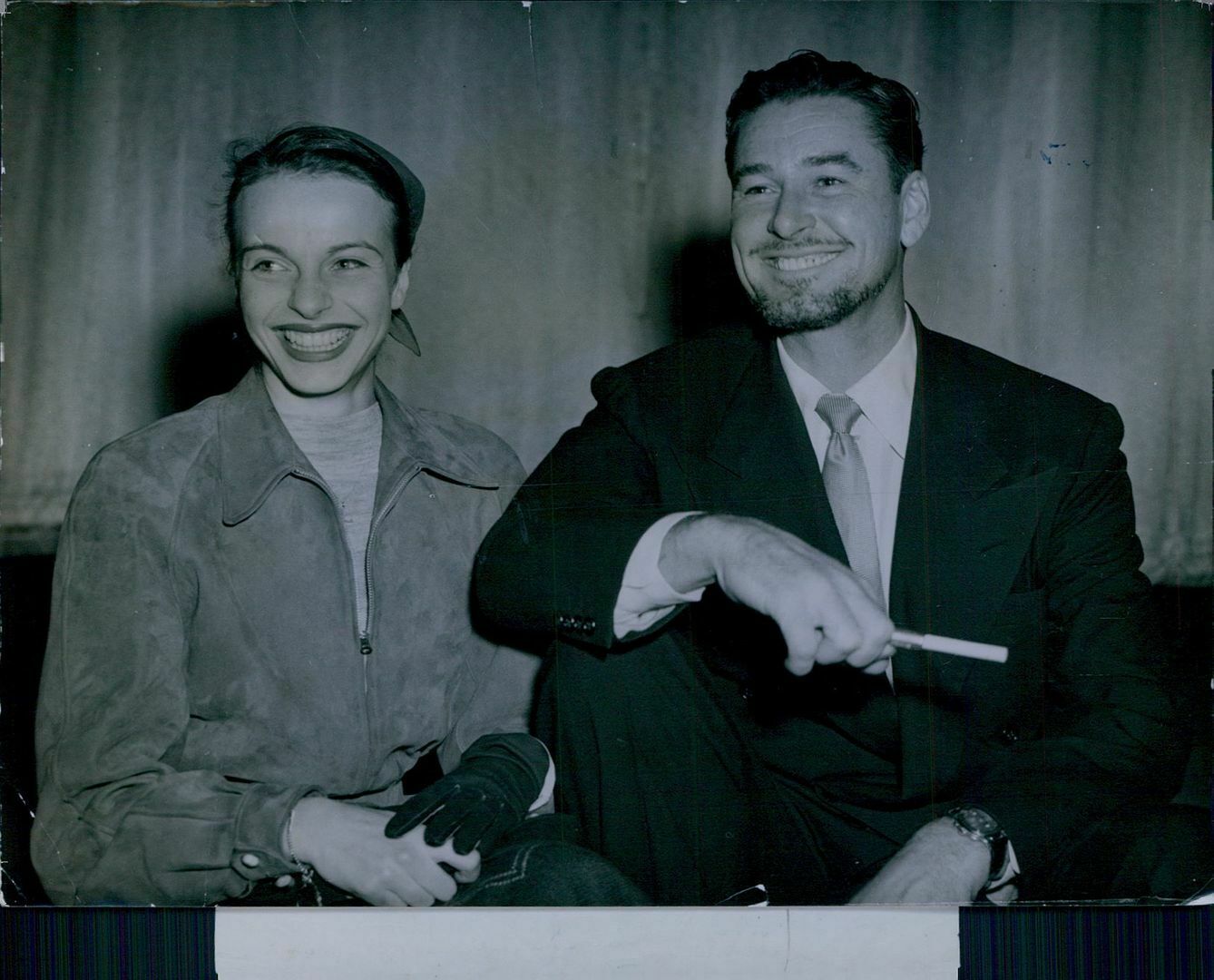
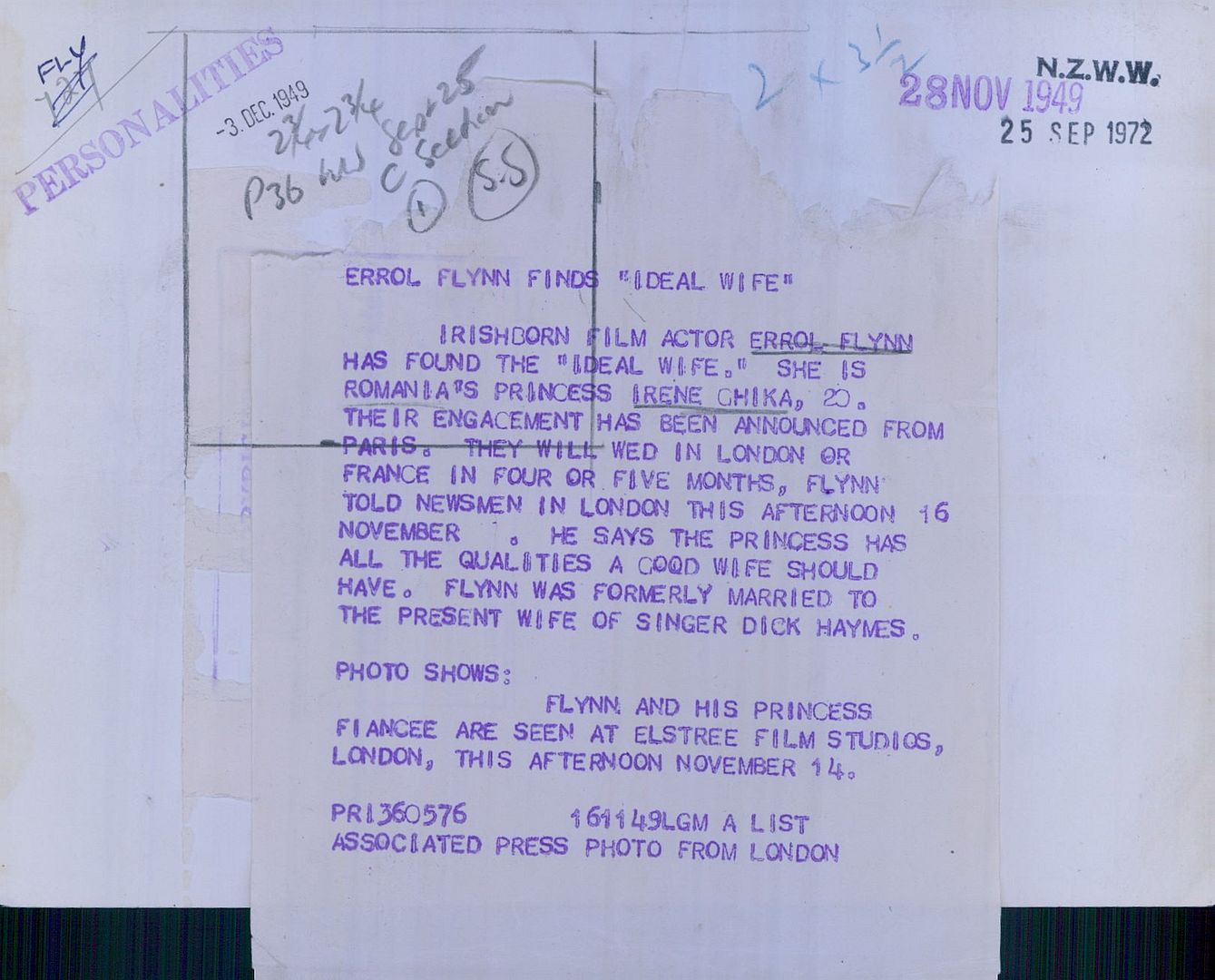
…
May 18, 1943
Syracuse Herald Journal
FLYNN COLLAPSES OF HOLLYWOOD SET
Hollywood, May 18 – Actor Errol Flynn was recovering today at Hollywood Hospital after collapsing on a Warner Bros. set.
he was expected to remain in the hospital for at least a week. His physicians, Dr. Carl F. Stevens and Thomas W. Hern, said Flynn suffered “a recurrence of an upper respiratory ailment” which he has had for some time.
Flynn collapsed yesterday while working on To the Last Man. Action will be shot around him until he returns.
Northern Pursuit was originally known as To the Last Man and was based on a magazine story. A.I. Bezzerides wrote the first screenplay under the supervision of Jesse L. Lasky. William Faulkner later worked on the script.
According to Tony Thomas:
“During the production of Northern Pursuit, Flynn took ill in May 1943, collapsing on the set and being hospitalized for a week. The studio released information indicating he had a “upper respiratory ailment,” but he was battling tuberculosis.”
…
This video review by Richard Brody of the New Yorker, shows the great fight scene (against Ward Bond playing John L. Sullivan) after which Errol is said to have collapsed, beginning at about 2:00. Also featured in this review is EFB’s own world champion biographer of Flynn, Tom McNulty, who wrote:
“Flynn collapsed during one of the boxing sequences and was rushed to Good Samaritan Hospital. He was diagnosed as having experienced a mild heart attack. He was then flown to Baltimore and admitted to the Johns Hopkins University Hospital where physicians conducted a thorough physical examination. Their assessment was grim.”
02:00 There’s something special
02:10 about the character of Corbett.
02:12 He seems peculiarly modern,
02:13 in fact, even more modern than Walsh imagined.
02:17 Unlike the other boxers he faces,
02:18 he isn’t just a brawler, he’s a dancer,
02:21 he’s a master of fancy footwork.
02:23 And with his fancy footwork comes high-flowing verbiage,
02:27 the ability to use taunting to get
02:29 under his opponent’s skin and,
02:31 with his confection of his public image
02:32 and his careful attention to his appearance,
02:35 Corbett seems nothing less
02:36 than a precursor to Mohammad Ali.
02:39 [boxing bell rings]
02:41 [crowd cheers]
— Tim
At one of the world’s most “spectacular” and “phenomenally popular” night clubs in the world, the Eden Concert Night Club, located in the center of town between Sloppy Joe’s and the Hotel Plaza. In 1939, it evolved into the Tropicana.
…
May 17, 1938
Evening Herald Express
Errol Flynn Friends In Havana Cafe Fight
“I think this all so funny”, quoth Lili Damita, stage and screen beauty, who was a spectator while fists and bottles flew in a free-for-all-fight at the Eden Concert Night Club with Errol Flynn taking a prominent part in the fighting.
The fight started last night when one of the members of Flynn’s party got into an argument with a man at a nearby table. A minute later, chairs and bottles began to fly.
Flynn, who often plays rough and tumble parts in the movies, joined in with two or three effective punches at those who got in his way. The only casualty was an unidentified American who received a broken nose and a cut eye. Flynn and the others were unhurt and continued their party.
Flynn’s only loss was the disappearance of a valued cigarette lighter.
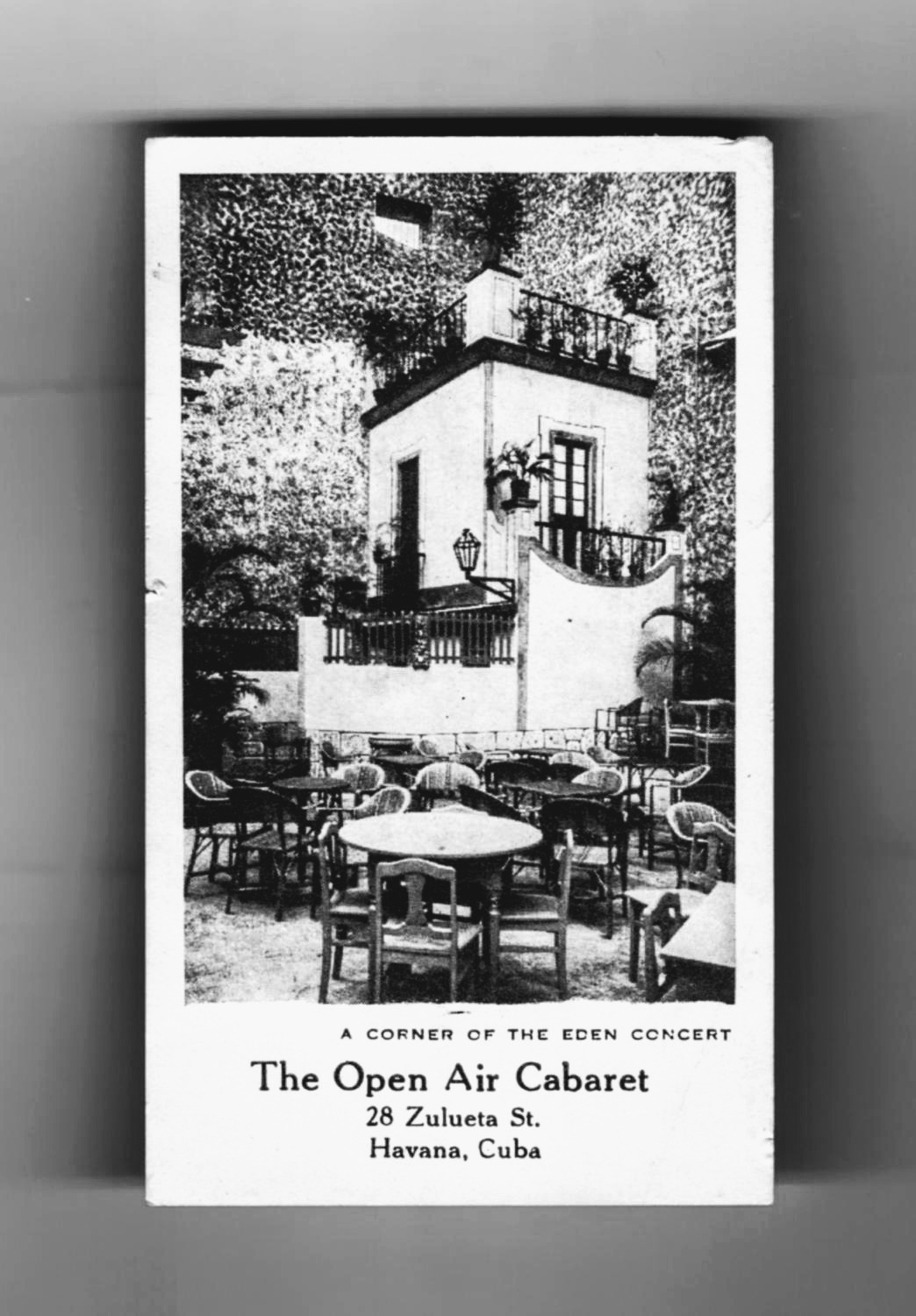
…
May 17, 1938
Los Angeles Examiner
Errol Flynn Aids American In Fight
Errol Flynn, Hollywood film actor, received the thanks today of an unidentified American he saved from serious injury during a fight in a night club here last night.
Fists, bottles and chairs were flying when Flynn intervened. The American who was involved escaped with a broken nose. Flynn was not hurt.
He was accompanied by his wife, who refused to take the matter seriously.
…
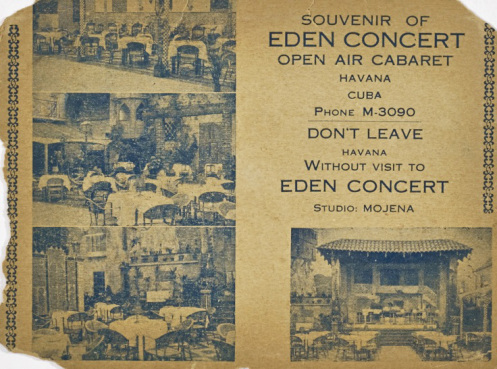
…
Before the Eden Concert, there was the Zombie Club, at the same location on Zuluetta Avenue, two doors down from Sloppy Joe’s.
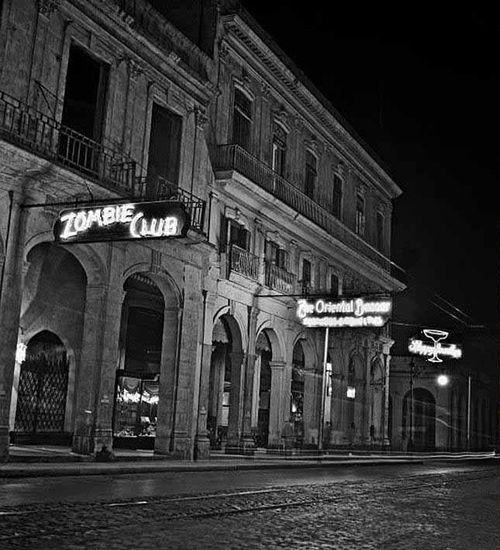
— Tim
May 15, 1939
Harrison Carroll
Evening Herald Express
Racking his brain over what to do with eight loose acres up on Mulholland Drive, overlooking San Fernando Valley, Errol Flynn hit on an interesting idea. He will turn his property into a fancy rest camp, with eight guest cabins, three tennis courts and a dozen riding nags available for the nearby Hollywood folk in search of quick relaxation.
Flynn plans to spend a lot of money on the project. Chances are that Bud Ernst, one of his close pals, will manage the place, which will be open to the public.
…
How Mulholland Scenic Road aka Mulholland Skyline Drive aka Mulholland Boulevard aka Mulholland Highway aka (finally) Mulholland Drive ultimately paved the way for Mulholland Farm.
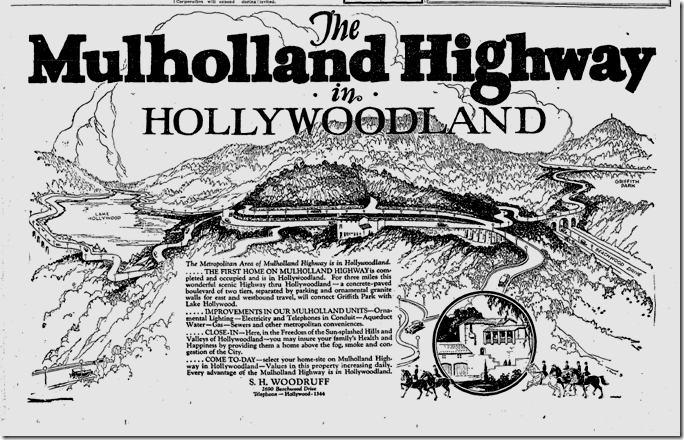
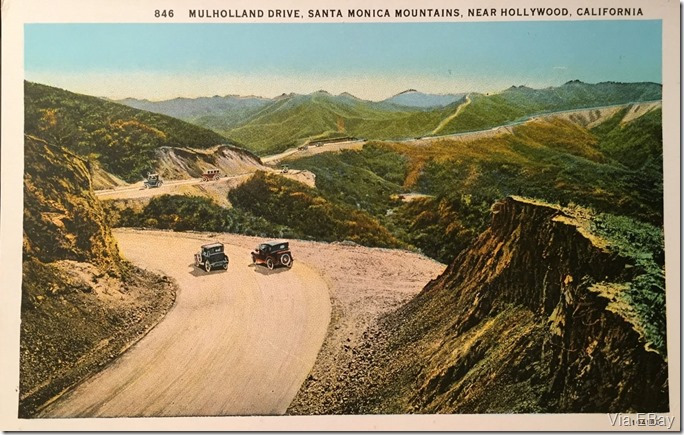
Mulholland Drive was an Engineering Masterwork by Dewitt Raeburn
— Tim
Ensuing his first year in Papua New Guinea (PNG), Errol suffered frequent recurrences of malaria throughout his life, to the very week of his death.
He appears to have contracted malaria for the first time in 1928, months after he first moved to Papua New Guinea in October of 1927.
Malaria plagued him during 1929, which factored into his decision to return to Sydney, after 25 months in PNG.
On June 18, 1930, the Rockingham Morning Bulletin states that “Captain Flynn” was suffering from a “touch of malaria”.
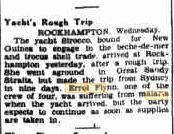
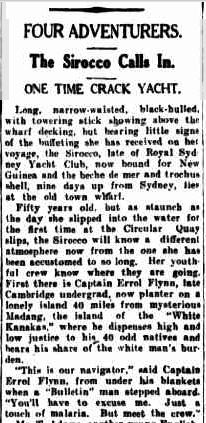
In 1931 and 1932 Errol had multiple malarial attacks, , including on the “black-birding” trip during which he was ambushed and injured. He reported that during that excursion he was “freezing and sweating at the same time” from malaria.
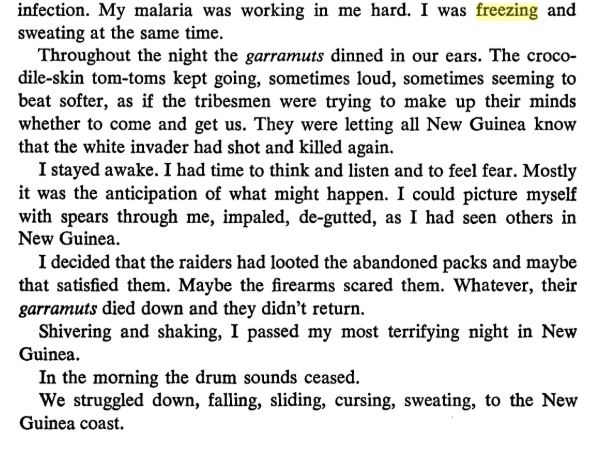
In March of 1933, newspapers reviewing In the Wake of the Bounty reported of Errol’s malaria in PNG.
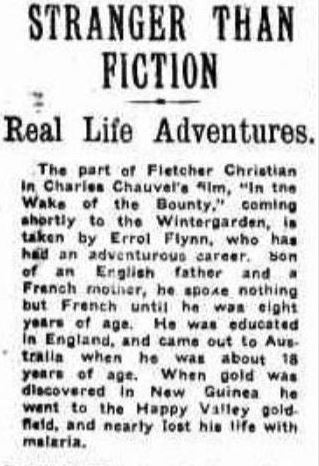
In May of 1933, While in China, Errol reports having suffered a bout of malaria, “shaking and shivering” after his brief affair with Ting Ling O’Connor in Macoa.

In 1935, Errol suffered a malarial attack during filming of Captain Blood.

In 1937, Errol publishes Beam Ends, regarding which the Sydney Daily Telegraph reports that Errol was hospitalized in Townsville with malaria.
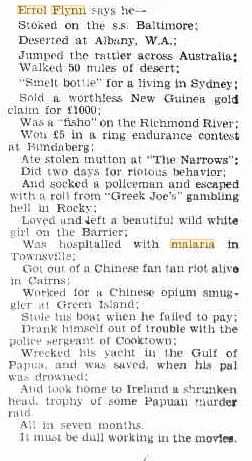
In September of 1938, Errol was taken to Good Samaritan Hospital prior to opening of The Sisters because of “malarial fever” and respiratory infection.
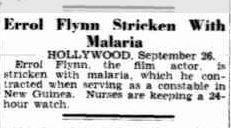
Circa late September 1940, Errol had a bout with malaria in Mexico City.
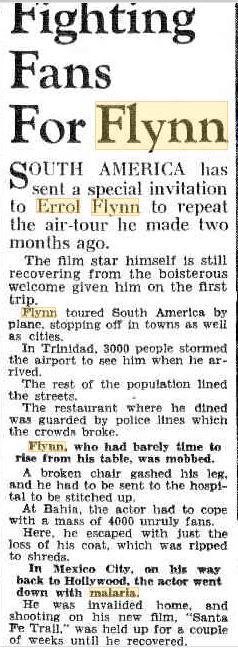
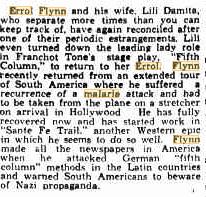
In September of 1941, Errol collapsed in an elevator in part due to malaria.
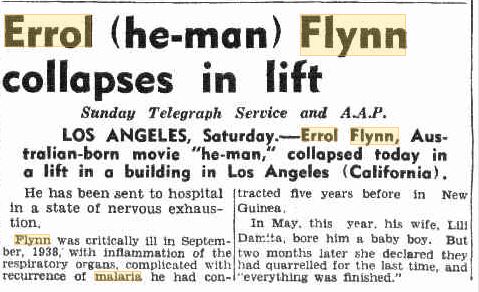
In 1942, Errol was documented to be suffering from recurring bouts of malaria, which contributed to his not being accepted by the Armed Forces for service in WW II. Coupled with heart murmurs and tuberculosis, he was told by doctors he would not survive the decade.


In Vancouver, shortly before his death in October of 1959, Errol had a bout of malaria.
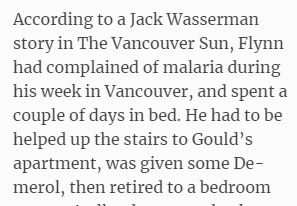
— Tim